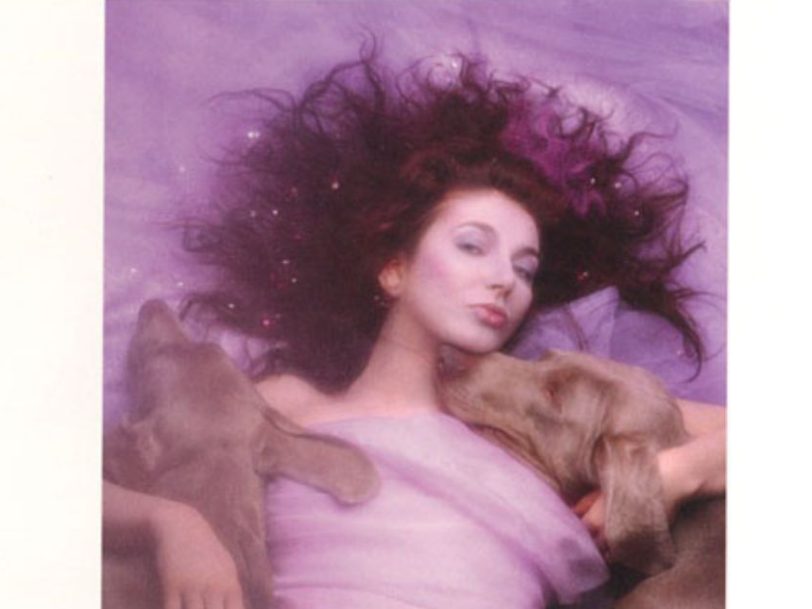It’s difficult to believe today, but in the years leading up to the release of her spectacular 1985 single Running Up That Hill, Kate Bush seemed to have consciously retreated from the public eye at a moment of artistic triumph. With her 1982 album, the experimental masterpiece The Dreaming, she had recorded with the complete creative control she’d sought from the start of her career, producing the entire album by herself for the first time – a rare feat for a young woman in a male-dominated industry. With its harder, edgier sound, a greater emphasis on percussion and rhythm, and Bush’s innovative use of the Fairlight synthesiser, The Dreaming pointed the way to her landmark Hounds Of Love album. But, in a statement sent out in a 1983 fan-club newsletter, Bush revealed her plans to eschew publicity in order to be better concentrate on furthering her art. “I intend to keep on writing for the first part of the year,” she wrote. “So yet again I slip away from the eyeball of the media to my home.”
Listen to ‘Hounds Of Love’ here.
“I feel a lot more relaxed now I have my own place to work”
In early 1983, Bush moved from London into a 17th-century farmhouse in the Kent countryside. That summer she oversaw the construction of a state-of-the-art 48-track studio at her family home in nearby Welling. She explained the benefits of having her own home studio in a 1985 Melody Maker interview: “The pressure of knowing the astronomical amount studio time cost used to make me really nervous about being too creative. You can’t experiment forever, and I work very, very slowly. I feel a lot more relaxed emotionally now that I have my own place to work and a home to go to.”
Inspired by her new surroundings, Bush found that writing came easily, and she was keen for her new songs to reflect her state of mind. “On this album, I wanted to get away from the energy of the last one – at the time I was very unhappy, I felt that mankind was really screwing things up,” she told Hot Press magazine. “Having expressed all that, I wanted this album to be different – a positive album… more about the good things. A lot depends on how you feel at any given time – it all comes out in the music.”
“‘Art’ is one of those things that should have absolutely no rules at all”
In the summer of 1983, Bush began demoing her new songs with then partner Del Palmer – she’d compose on piano or the Fairlight while Palmer programmed patterns on a LinnDrum machine. Recording proper began in November 1983, as Bush worked with a team of engineers and musicians to flesh out the demos. As hoped for, her own studio meant that she could pursue her artistic vision with no constraints, and she outlined her approach to the Canadian magazine Now. “I feel that ‘art’ is one of those things that should have absolutely no rules at all. In fact, the rules that are already laid down I feel like deliberately breaking, to try what they say you can’t do. I think really the approach is something you continually experiment with – you try and find the best way of expressing something well.”
From the first few seconds of Running Up That Hill, it was obvious that Bush’s uncompromising approach had paid off, and that Hounds Of Love was shaping up to be one of the best 80s albums. A striking, steady beat underpins otherworldly-sounding stabs on the Fairlight, and before Bush sings a word, it’s clear the song is special; her passionate performance of an extraordinary lyric pushes it into the realms of greatness.




